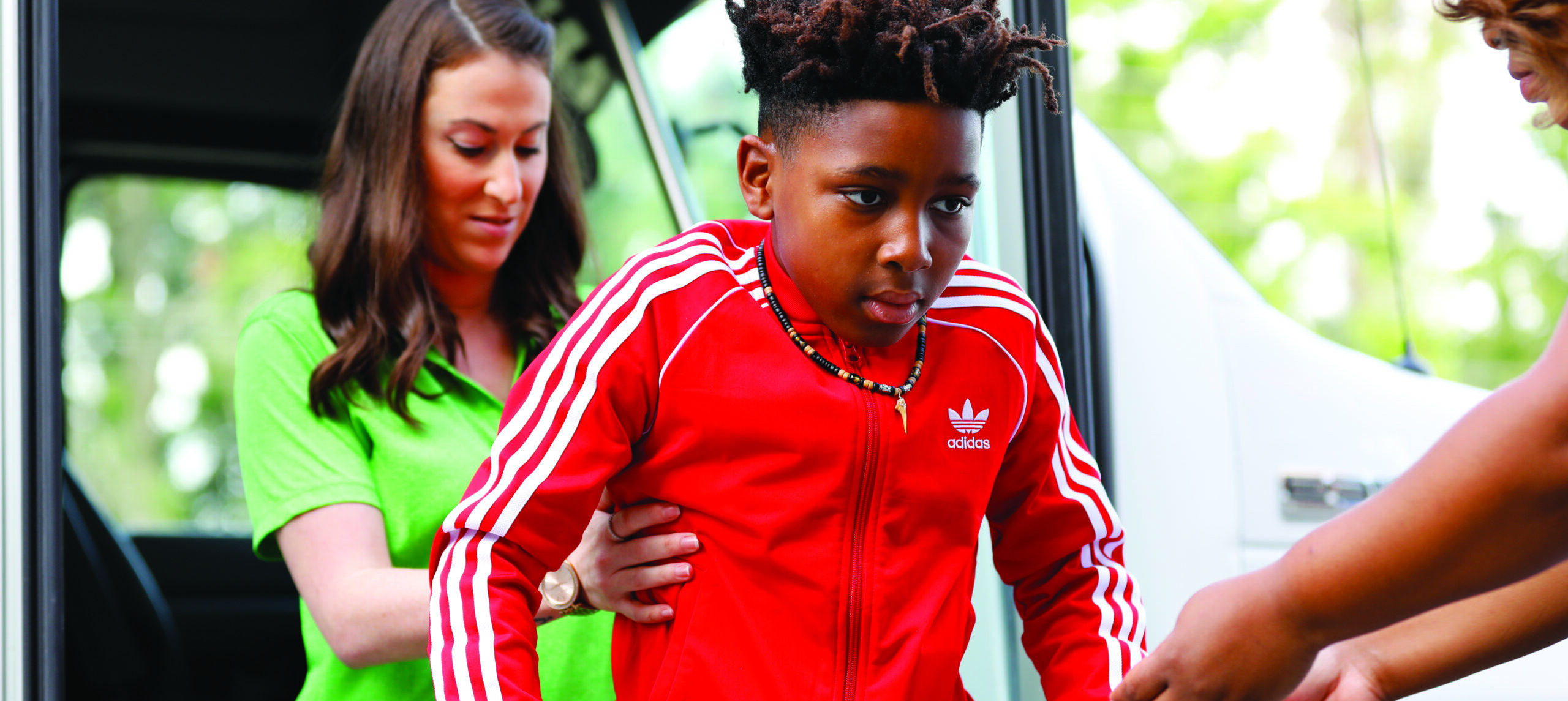Homework Success: Swim, not Sink!

Back to physical health resource hub
Medical Reviewer:
Christen Stevens, MOT, OTR/L
September is upon us and we have officially dipped our toes into the school year! By now, you have probably tried a few different strategies to help your child adjust to the school schedule. How is homework going? Here are some tips to help your child “SWIM” through homework time!
Set up a homework station
- Include your child in creating a special homework space. Let your child pick something out (i.e. special pencils, stickers, regular snack) so that he or she can feel a sense of ownership.
- Make sure the set-up fits your child: feet supported, chair scooted close to the table, and elbows, hips, and knees at a 90 degree right angle. You want your child to be able to concentrate on the activity, rather than your child’s body focusing on finding the right postural support.
- Have everything ready that they will need (i.e. sharpened pencil, paper, chair, good lighting, snack/water).
- Keep it clean and organized! Reduce visual clutter and put out only what your child needs. Decrease background noises and distractions.
Write it out
- Make a checklist or picture schedule for each homework session. This will help your child visualize progress. You can include a preferred activity or movement break on the list so that everything doesn’t feel like “work.”
- Keep it fun when referencing the agenda. Depending on your child’s age and interests, you can pretend you’re on a treasure hunt, safari, or princess jewel finding adventure. Use words like “next we get to….” rather than “you have to.”
Identify your child’s needs
- Do a quick analysis of your child’s physical, emotional, and mental state before getting on home! Did your child eat all of his or her lunch and when did he or she last eat? Did your child have physical activity today?
- Some children may be able to sit down for homework right away while other children may benefit from wind down time, play time, snuggle time, or a few minutes of a preferred activity before transitioning right to homework.
- Does your child have difficulty sitting still or paying attention? Research shows that children have immediate improvements in attention, memory, and appropriate arousal level after physical activity. Perhaps a movement break will help! Some examples of movement breaks or warm-up activities include jumping jacks, running up and down the hall, animal walks, finger taps, and squeezing putty.
Make a routine
- Having a healthy relationship with homework starts the night before! Parents can help children by establishing familiar and consistent routines starting with a good night’s sleep. Good sleep hygiene can include: limiting screen time an hour before bed, limiting time in the bed for sleeping, going to bed at the same time each night, avoiding sugary foods and drinks after dinner, and having wind-down time each night.
- Homework should be one part of the evening, rather than the focal point! Having a regular evening routine with defined structure can help children feel more in control as they learn to expect a predictable sequence of events and specific time spent on each activity.
It may take several days before you see a change in your child’s participation! Try to stay consistent, positive, and know that it’s okay for you or child to have “off days.” If some of the above modifications aren’t helping, contact your child’s teacher to try to problem solve together!
Check out the below resources:


